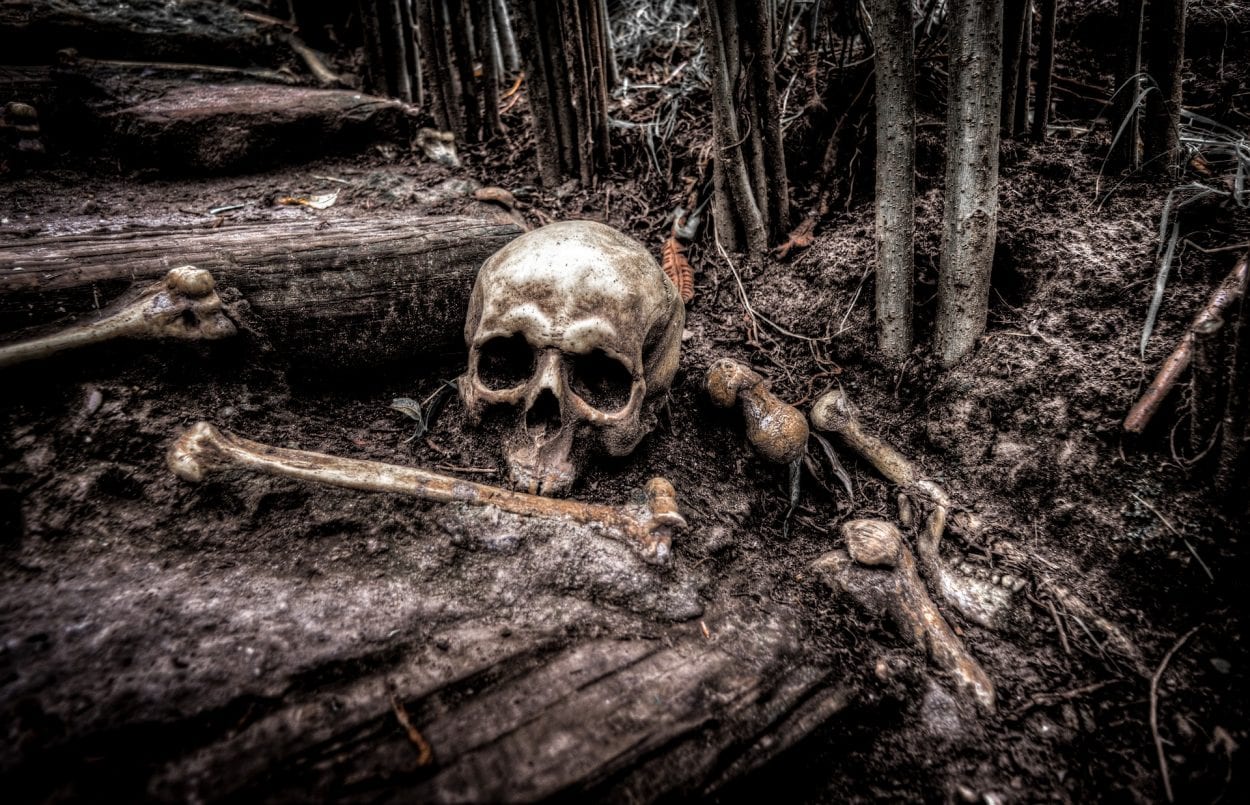A new skeleton study is reconstructing ancient pandemics to assess human’s evolutionary ability to fight off leprosy, tuberculosis and treponematoses, with help from declining rates of transmission when the germs became widespread.
The researchers state the germs mutated to infect ancient humans so they could replicate- hopping across to as many new hosts as possible- but the severity of the diseases reduced as a result.
The analysis by Adjunct Professor in Archaeology Maciej Henneberg and Dr Teghan Lucas at Flinders University and Dr Kara Holloway-Kew at Deakin University analysed data from 70,000 ancient skeletons to reveal more about the spread of ancient infectious diseases, by focusing on marks on bones as distinctive indicators of infection.
“Pathogens can either kill the human host or invade the host without causing death, ensuring their own survival, reproduction and spread. Tuberculosis, treponematoses and leprosy are widespread chronic infectious diseases where the host is not immediately killed,” says Professor Henneberg, an internationally renowned anatomist and biological anthropologist.
The three diseases are considered prime examples of co-evolution of human hosts and pathogens with records spanning across 200 generations.
“Each of these three diseases shows a decline in prevalence resulting from co-adaptation that is mutually beneficial for the disease and human host. In the last 5000 years, before the advent of modern medicine, skeletal signs of tuberculosis become less common, skeletal manifestations of leprosy in Europe declined after the end of the Middle Ages, while skeletal signs of treponematoses in North America declined, especially in the last years before contact with invading Europeans.”
Dr Teghan Lucas from Flinders University says this study highlights whether germs typically become more transmissible but less deadly over time so they can continue spreading.
“From an evolutionary perspective, it makes sense for a pathogen to cause less harm to the host on which it depends for its survival so high levels of transmission appear to be a temporary evolutionary trait which reduces as time goes on when we look at leprosy, tuberculosis and syphilis.”
“Paleopathology is becoming an increasingly popular discipline which allows diseases which manifest on hard tissues to be studied in past populations because the diseases preserved for as long as the skeletal remains exist. Due to the preservation of pathological signs on skeletons, it is possible to trace the process of co-evolution of the three major infectious diseases as far back as specimens have been found.”
Header Image Credit : Public Domain





